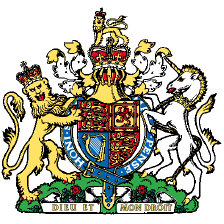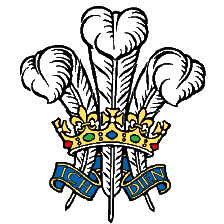Oriental chestnut gall wasp Dryocosmus kuriphilus was first discovered in Farningham woods, Kent in 2015, native to Asia and known only to attack species of the Castanea family. It will not attack horse chestnut. The wasp is parthenogenic, so it doesn’t need males to reproduce. Approximately 3mm in length, is not harmful to humans.
Causes
Females lay eggs on the buds of Sweet chestnut trees during summer, these hatch within around 30-40 days. The larvae remain dorment in the bud over the winter months, activity begins in spring.
Symptoms
Green galls will appear in March as buds break, these will turn a reddish colour by June.
Over the summer galls dry and turn brown and woody, this is when the adult will emerge.
They can cause premature leaf drop.
It is not yet known how the OCGW (oriental chestnut gall wasp) entered Britain but is assumed that through international trade in Europe it was introduced, France, Germany and Portugal are amongst the countries where it has been recorded.
In order to import Sweet chestnut you must have a plant passport, all imports must be notified to the UK plant health authorities so inspections can be carried out. OCGW is also listed on the UK Plant Health Risk Register.
Reports of gall wasps on other varieties of trees are not required so make sure it is castanea sativa (Sweet chestnut) before reporting.
For more information on Oriental Chestnut gall wasp please visit Forestry.gov
Oriental chestnut gall wasp Dryocosmus kuriphilus was first discovered in Farningham woods, Kent in 2015, native to Asia and known only to attack species of the Castanea family. It will not attack horse chestnut. The wasp is parthenogenic, so it doesn’t need males to reproduce. Approximately 3mm in length, is not harmful to humans.
Causes
Females lay eggs on the buds of Sweet chestnut trees during summer, these hatch within around 30-40 days. The larvae remain dorment in the bud over the winter months, activity begins in spring.
Symptoms
Green galls will appear in March as buds break, these will turn a reddish colour by June.
Over the summer galls dry and turn brown and woody, this is when the adult will emerge.
They can cause premature leaf drop.
It is not yet known how the OCGW (oriental chestnut gall wasp) entered Britain but is assumed that through international trade in Europe it was introduced, France, Germany and Portugal are amongst the countries where it has been recorded.
In order to import Sweet chestnut you must have a plant passport, all imports must be notified to the UK plant health authorities so inspections can be carried out. OCGW is also listed on the UK Plant Health Risk Register.
Reports of gall wasps on other varieties of trees are not required so make sure it is castanea sativa (Sweet chestnut) before reporting.
For more information on Oriental Chestnut gall wasp please visit Forestry.gov
Oriental chestnut gall wasp Dryocosmus kuriphilus was first discovered in Farningham woods, Kent in 2015, native to Asia and known only to attack species of the Castanea family. It will not attack horse chestnut. The wasp is parthenogenic, so it doesn’t need males to reproduce. Approximately 3mm in length, is not harmful to humans.
Causes
Females lay eggs on the buds of Sweet chestnut trees during summer, these hatch within around 30-40 days. The larvae remain dorment in the bud over the winter months, activity begins in spring.
Symptoms
Green galls will appear in March as buds break, these will turn a reddish colour by June.
Over the summer galls dry and turn brown and woody, this is when the adult will emerge.
They can cause premature leaf drop.
It is not yet known how the OCGW (oriental chestnut gall wasp) entered Britain but is assumed that through international trade in Europe it was introduced, France, Germany and Portugal are amongst the countries where it has been recorded.
In order to import Sweet chestnut you must have a plant passport, all imports must be notified to the UK plant health authorities so inspections can be carried out. OCGW is also listed on the UK Plant Health Risk Register.
Reports of gall wasps on other varieties of trees are not required so make sure it is castanea sativa (Sweet chestnut) before reporting.
For more information on Oriental Chestnut gall wasp please visit Forestry.gov


